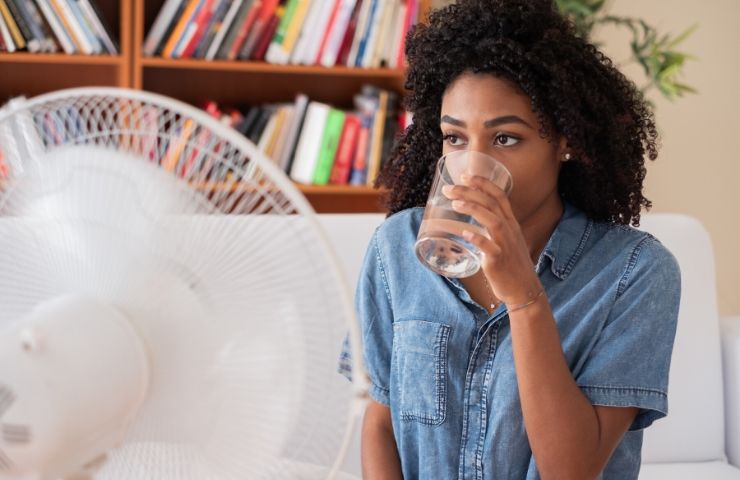
Best Home Temperatures That Save You Money
Once you complete the HVAC Training Program and begin your career as a technician, mechanic or specialist, you will begin fielding customer questions about ways to save money, maximize performance, and get the most out of their HVAC systems. Certainly, one of the most common questions that homeowners will want you to address is the ideal temperature setting for keeping cool and saving money during the hot summer months.
CONTRIBUTING FACTORS
The first thing to know is that there is no magic number that will make your home the perfect temperature while saving you lots of money. Ideal thermostat settings vary by season, humidity, personal (and family) preference, and the amount of time spent in your home, especially during the hottest part of the day. The Department of Energy, however, does recommend setting your thermostat to a toasty 78 degrees during summer days.
WHEN AT HOME
While the heat of the day is typically at its worst between 1:00 and 3:00 p.m., homes don’t reach peak energy usage until the day’s heat finally reaches the inside of the house, after filtering through the insulation, generally between 3:00 and 7:00 p.m. Therefore, the most significant factor to consider when settling on an internal home temperature during the summer months is finding the balance between what you and your family can tolerate, and what you can afford.
Though 78 degrees is recommended, playing with the numbers a bit—up or down—will help you find the sweet spot for your family. One source recommends setting the thermostat to 75 degrees, and then gradually going up or down a degree or two each day until everyone is happy. And Consumer Reports points out that you will save about 3 percent on your utility bill for every degree that the temperature setting on the system is raised, so even increasing the temperature by a degree or two will help you save money.
WHEN NOT AT HOME
Keeping the home warmer when away will save even more. Turning the thermostat up anywhere between seven and 10 degrees can save as much as 10 percent in energy costs! The home’s insulation could actually mean that the HVAC unit takes hours to cool the entire house. Instead, keep the home warmer throughout the day when nobody is there and slow the flow of additional heat into the home, taking less energy (and expense) to cool down when you return.
ADDITIONAL TIPS
Here are some additional ways that you can help keep the temperature from soaring inside your home without running the HVAC system all day:
- Outfit your windows with curtains or blinds that block sunlight and heat
- Close windows, shades, and blinds during the day to keep cool air in and hot air out
- When it is cooler at night, turn off the air conditioner and open windows to let in any breezes
- Make sure to refresh weather stripping around doors and windows
- Avoid using heat-generating appliances like the oven, dishwasher, and dryer until after peak energy times
- Use ceiling and standing fans to promote airflow throughout your home
- Make sure that your air conditioning system is energy efficient
- Consider installing a smart thermostat system in your home that can automatically raise/lower the temperature according to pre-programmed limits
It’s important to remember that your thermostat’s temperature only accounts for about 40-50% of your energy bill. When you are an HVAC professional in the field, you can remind customers to keep temperatures and costs from getting out of control by trying some of the above tips and tricks for finding the summer temps that work for their own families and situations. For more information about UEI’s HVAC program give us a call to speak with an admissions team member today.





